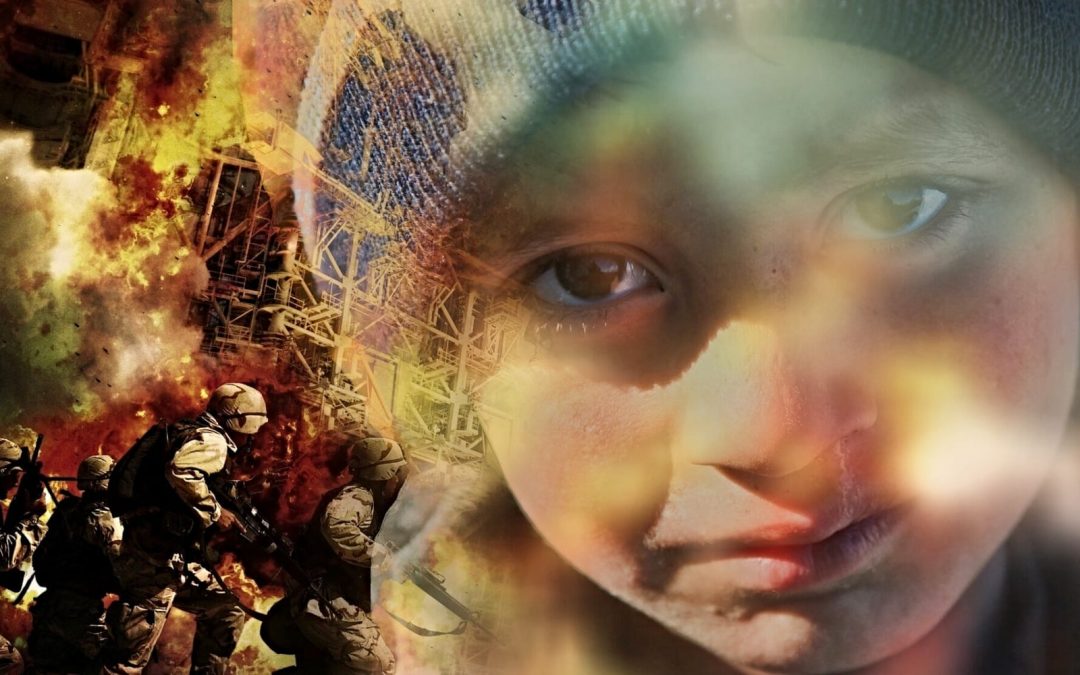An estimated 1.44 million refugees will need to be resettled in 2020, according to a report published July 1 by the U.N. Refugee Agency.
These projections are 1% above those for 2019, with certain regions seeing decreases or stability in resettlement estimates and others seeing significant increases.
For example, the Americas resettlement needs are expected to increase by 22% and Africa by 6%, while needs in the Asia-Pacific region are projected to decline by 4%.
Even in regions with an overall decrease, certain countries or people groups within those regions continue to have high numbers of people in need of resettlement.
For example, overall resettlement numbers in the Middle East-North Africa (MENA) region are expected to decline 8% from 2019 levels, yet for the 2020 estimates “Syrian refugees represent the population with the highest global resettlement needs for the fourth year in a row.”
Africa is projected to have the highest resettlement needs for 2020 (667,432 people), followed by Europe (420,000), MENA (249,705), Asia-Pacific (98,281) and the Americas (4,990).
More people are displaced than at any time in history, with a record 70.8 million persons forcibly displaced in 2018, according to U.N. data.
This total is composed of 41.3 million internally displaced persons, 25.9 million refugees and 3.5 million asylum-seekers. U.N. definitions of these groups are available here.
In 2016, the U.N. general assembly adopted the New York Declaration for Refugees and Migrants, which called for strengthened commitments to the just treatment of, and to the shared responsibility of all nations to aid, migrants.
Two years of extensive deliberations followed, resulting in the adoption of the Global Compact on Refugees to provide “a framework for more predictable and equitable responsibility-sharing, recognizing that a sustainable solution to refugee situations cannot be achieved without international cooperation.”
Like most processes related to immigration, refugee resettlement is lengthy and complex.
In general, refugees or asylum-seekers migrate from their countries of origin to other nations to escape conflict, violence or persecution.
Around 80% of displaced people are living in countries that neighbor their own, remaining there until they can return home.
Under certain conditions – “perilous situations or … specific needs [of the migrant] that cannot be addressed in the country where they have sought protection” – the U.N. will begin a review process for possible resettlement in a third country (in other words, not their nation of origin or the country they first arrived in).
Those deemed eligible by the U.N. for resettlement are submitted to countries that accept refugees for them to conduct their own internal review and vetting process.
There are currently 25 nations accepting U.N. refugee resettlement submissions, with nearly 36,000 submissions being submitted from January to May 2019.
Information about the U.N.’s role in the process is available here. Details about the U.S. resettlement process is available here.
“We urgently need countries to come forward and resettle more refugees,” said U.N. High Commissioner for Refugees Filippo Grandi in remarks at the report’s release.
“With the overwhelming majority, 84 percent, of the world’s refugees hosted in developing regions facing their own development and economic challenges and whose own populations may live below the poverty line, there simply has to be a more equitable sharing of responsibility for global crises.”
The full report is available here.


